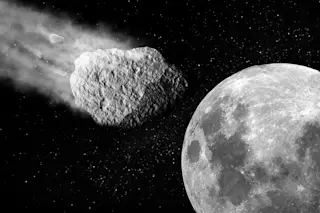Space aficionados are getting ready for the Perseid meteor shower, a show of shooting stars that occurs each year in the middle of August. This year, the event is expected to produce more shooting stars than usual; however, they may be slightly harder to see because of the moon's unusual brightness due to the phase it will be in during the showers. The Perseid Meteor Shower, which consists of debris from the Swift-Tuttle comet, became active on July 17, but have largely been so disperse and faint to see.
[A] noticeable upswing in Perseid activity traditionally begins during the second week of August, leading up to their peak. They are typically fast, bright and occasionally leave persistent trains. And every once in a while, a Perseid fireball will blaze forth, bright enough to be quite spectacular and more than capable to attract attention even in bright moonlight [Space.com]. Like other ...














